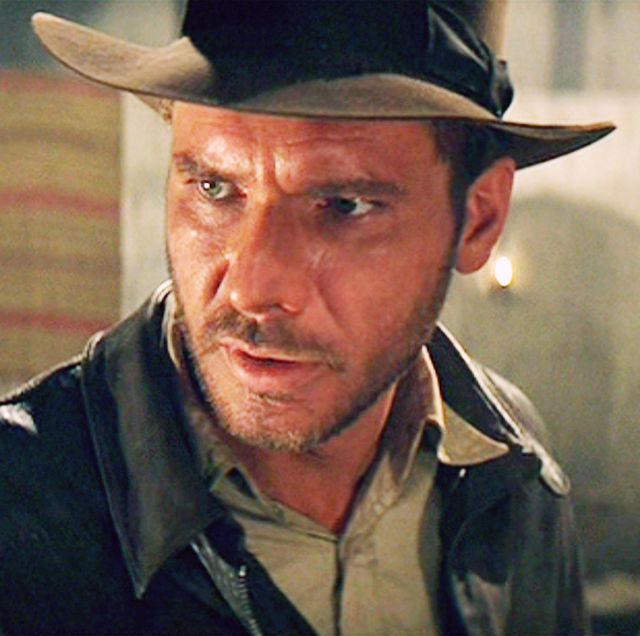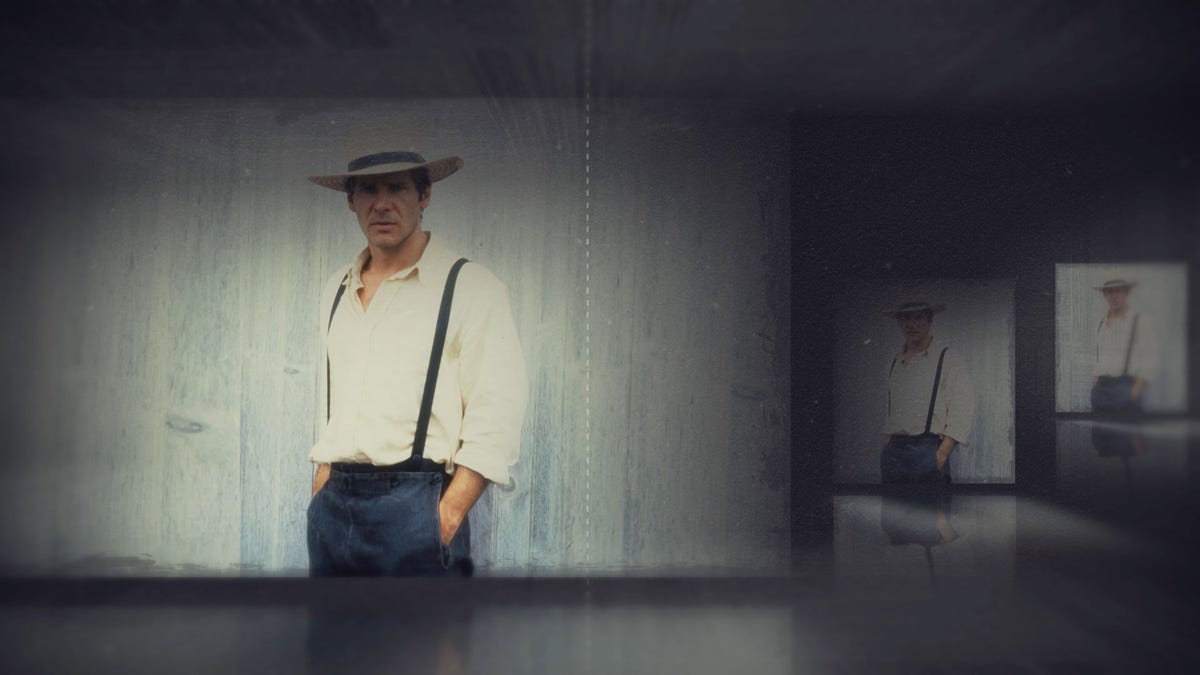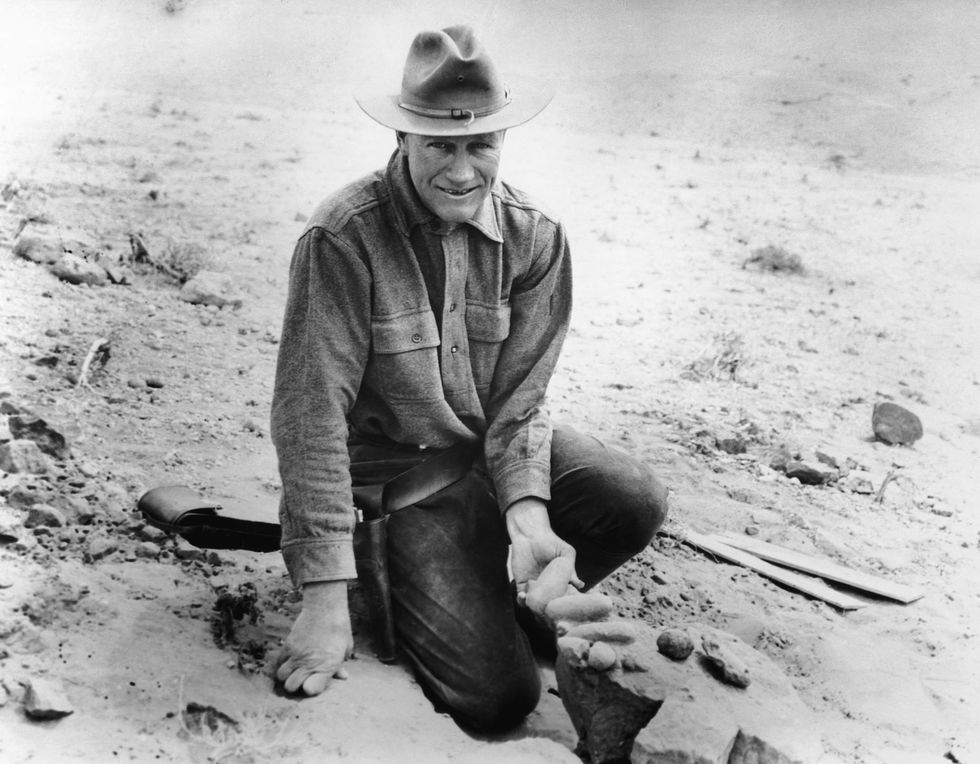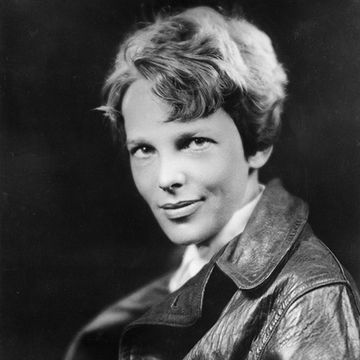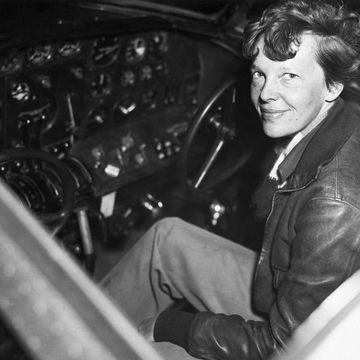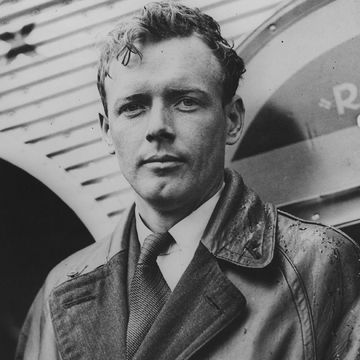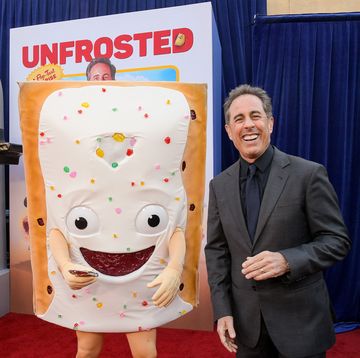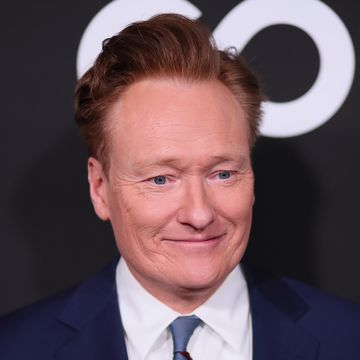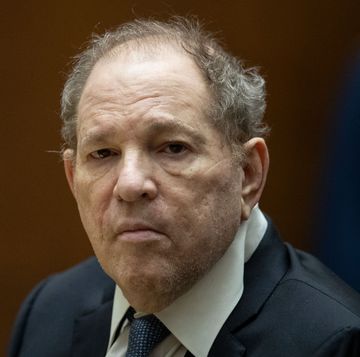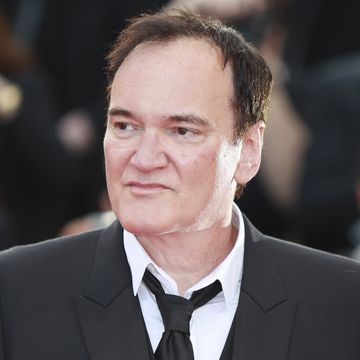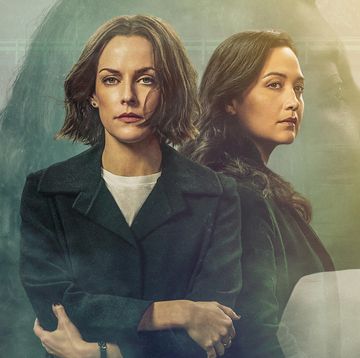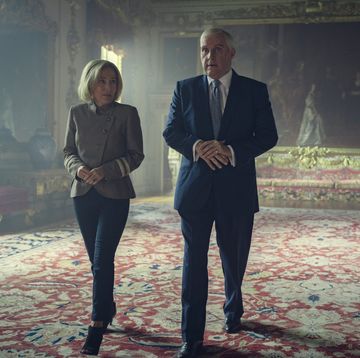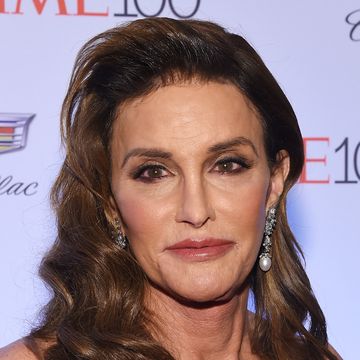The saga of Indiana Jones—or at least the beloved Harrison Ford film iteration of the fictional archaeologist and explorer—ends this week with Friday’s release of the summer blockbuster Indiana Jones and the Dial of Destiny.
Ford, 80, first played the iconic character back in 1981, and Dial of Destiny marks the fifth and final film in the series. Jones’ fictional adventures have taken him around the world on daring expeditions very similar to those of a real 20th century explorer from Wisconsin named Roy Chapman Andrews.
Indiana Jones creator George Lucas has never directly cited Andrews as inspiration and told The New York Times in 1981 the character is influenced by the Saturday serials he liked as a child. “Practically every movie star of the ’30s has one movie like this, be it Alan Ladd or Clark Gable or whoever—playing a soldier of fortune in a leather jacket and that kind of hat,” Lucas explained.
Still, many have drawn parallels to Andrews based on as his trademark fedora, skill with firearms, and fear of snakes. Here’s what you need to know about the globe-trotting Andrews and his noteworthy accomplishments.
Who Was Roy Chapman Andrews?
Roy Chapman Andrews was born on January 26, 1884, in Beloit, Wisconsin. His parents were Charles Ezra Andrews, a pharmaceutical drug salesman, and Cora May Andrews.
According to Arizona State University, Andrews wrote in his autobiography that he dreamed of becoming an explorer and a naturalist from an early age. He spent plenty of time in nature—hunting, camping, and studying wildlife—and even taught himself taxidermy, which allowed him to make extra money from local hunters.
Although he clearly had a scientific mind, Andrews earned a degree in English from hometown Beloit College in 1906. Determined to pursue his dreams of exploration and discovery, however, he traveled to New York City and asked for a job—any job, even scrubbing floors—at the American Museum of Natural History. Museum director Hermon Carey Bumpus hired him as an assistant for the taxidermy department.
In 1913, Andrews earned a master’s degree from Columbia University, with his research on whales for the museum serving as the basis of his thesis. He was tasked with measuring and studying different whale species, as well as collecting skeletons. His research took him throughout the Pacific, including Japan and Korea, and his travels made headlines in New York City.
Around this time, Andrews gained a promotion and married Yvette Borup in 1914. She helped him plan a series of expeditions to China and Mongolia to collect fossils, with New York financial titans like J.P. Morgan and John D. Rockefeller providing monetary assistance.
What Did Chapman Discover?
According to the Roy Chapman Andrews Society, he is best known for his expeditions to Mongolia from 1922 through 1930. Aided by the region’s first cars and camel caravans to carry supplies, Andrews and his crew ventured to previously unexplored parts of the Gobi Desert.
There, he found the first nests of fossilized dinosaur eggs, discovered new species of dinosaurs, and found fossils of early mammals that lived alongside dinosaurs. The egg nests were the first concrete proof that the prehistoric creatures hatched from eggs, as opposed to natural birth.
The trips, though successful, came at a price, as Andrews accidentally shot himself in the leg in 1928 while trying to remove his revolver from its holster. The bullet, meant for a wounded antelope, went through his left leg. He later wrote of the incident, saying the camp doctor “had given me such a dose of morphine that the world looked bright and rosy.”
Meanwhile a year earlier, Borup asked for a separation and would later divorce Andrews in 1931 on the grounds of desertion—because he was away from home so often. They had two children, George and Roy. After the divorce was final, Andrews married a woman named Wilhelmina Christmas in 1935.
Andrews, who wrote more than 20 books detailing his travels, became director of the American Museum of Natural History in 1934 but lamented the lack of physical activity and excitement associated with the position. He resigned in 1942 in favor of an honorary title and lived with Christmas on a farm in Connecticut. He died in Tucson, Arizona, in 1960 after moving to escape the cold New England winters.
Given his discoveries and penchant for adventure, it’s no surprise why Andrews is seen as a potential template for Jones.
Where Did the Name Indiana Jones Come From?
When Lucas met with film director Steven Spielberg and screenwriter Lawrence Kasdan in January 1978 to discuss ideas for his new character, he suggested the name Indiana Smith.
According to transcripts from their meeting, Lucas felt the character’s name should stand out. “It has to be unique. It’s a character. Very Americana square,” he said. But after Kasdan asked if the female lead—eventually Marion Ravenwood, played by Karen Smith—would refer to him by the nickname “Indy,” Lucas continued, “That’s what I was thinking. Or Jones. Then people can call him Jones.”
As for Indiana, that came from an unlikely source: Lucas’ dog Indiana, an Alaskan Malamute. Lucas described his furry companion as a “giant bear of a dog” but very sweet, who would always sit with him while he was writing or driving. The dog’s physical stature had previously inspired Ford’s sidekick Chewbacca in the Star Wars films.
In the documentary The Making of Raiders of the Lost Ark, Lucas revealed his inspiration: “And so I named the character after my dog. And, ultimately, we put that in the movie.”
Watch Indiana Jones and the Dial of Destiny in Theaters Now
Catch Harrison Ford and Fleabag star Phoebe Waller-Bridge in theaters as Jones and his estranged goddaughter Helena Shaw, as they attempt to locate a supernatural device that could change the past.
Tyler Piccotti first joined the Biography.com staff as an Associate News Editor in February 2023, and before that worked almost eight years as a newspaper reporter and copy editor. He is a graduate of Syracuse University. When he's not writing and researching his next story, you can find him at the nearest amusement park, catching the latest movie, or cheering on his favorite sports teams.
